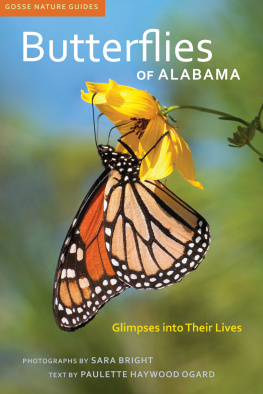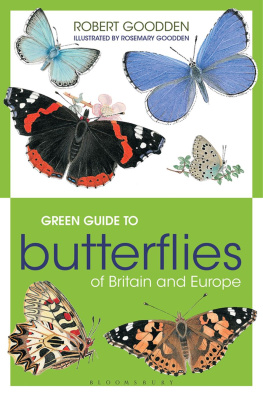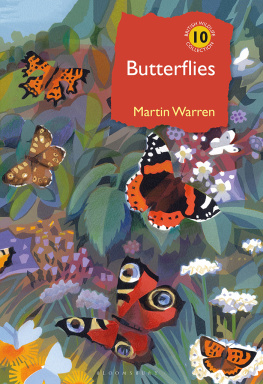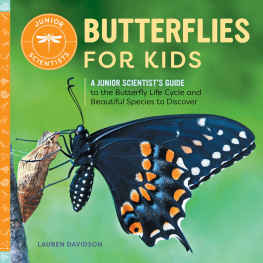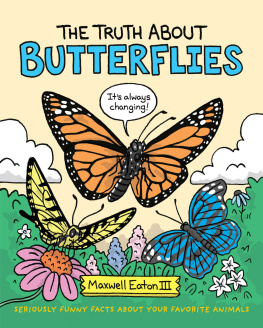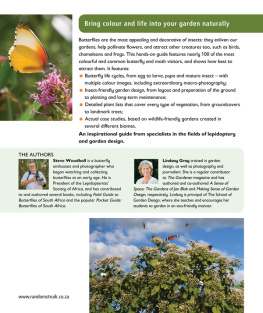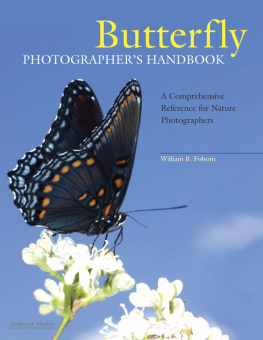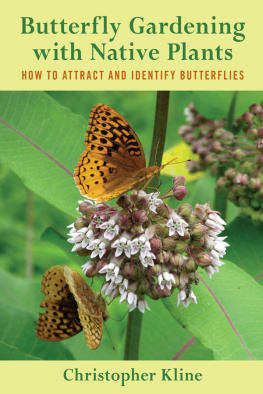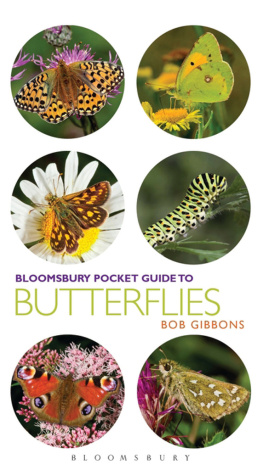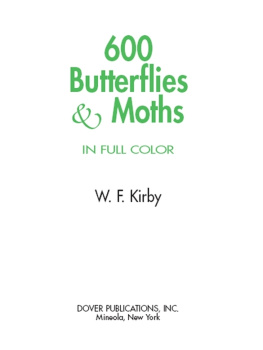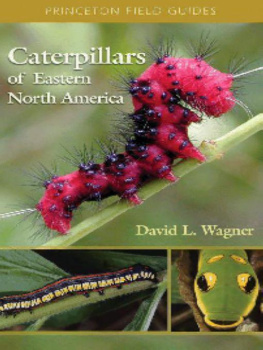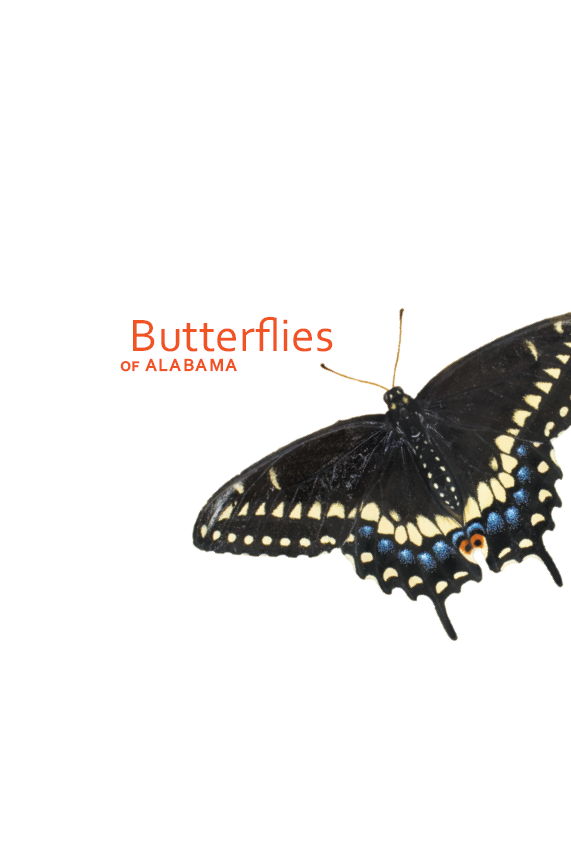
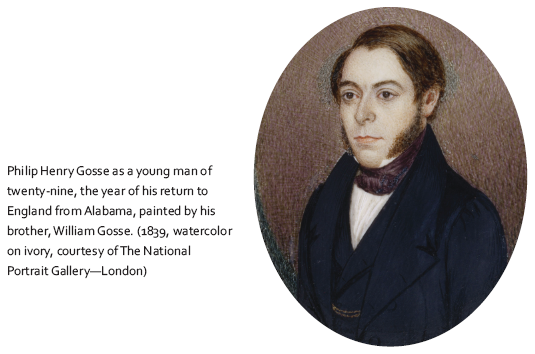
| ADVISORY PANEL | Dr. Gary R. Mullen, Entomology, Auburn University
Dr. L. J. Davenport, Botany, Samford University
Elberta Gibbs Reid, Birmingham Audubon Society
Dr. E. O. Wilson, Zoology, Harvard University (Emeritus) |
| INAUGURAL SPONSORS | Birmingham Audubon Society
Mary Carolyn Gibbs Boothby
Lida Inge Hill
Fay Belt Ireland
Henry S. Lynn Jr.
Medical Management Plus, Inc.
Dr. Connie S. and Dr. James A. Pittman Jr.
Elberta Gibbs Reid
Frances B. and James W. Shepherd
Becky H. and William E. Smith Jr.
Virginia B. and William M. Spencer III
Ann A. and Donald B. Sweeney Jr.
Dr. Cameron M. and Judge J. Scott Vowell
Alice M. and N. Thomas Williams
Harriett Harton Wright
Louise A. and John N. Wrinkle |
Philip Henry Gosse (18101888) was an English naturalist and illustrator who spent eight months of 1838 on the Alabama frontier, teaching planters children in Dallas County and studying the native flora and fauna. Years after returning to England, he published the now-classic Letters from Alabama, (U.S.) Chiefly Relating to Natural History (1859), with twenty-nine important black-and-white illustrations included. He also produced, during his Alabama sojourn, forty-nine remarkable watercolor plates of various plant and animal species, mainly insects.
The Gosse Nature Guides are a series of natural history guidebooks prepared by experts on the plants and animals of Alabama and designed for the outdoor enthusiast and ecology layman. Because Alabama is one of the nations most biodiverse states, its residents and visitors require accurate, accessible field guides to interpret the wealth of life that thrives within the states borders. The Gosse Nature Guides are named to honor Philip Henry Gosses early appreciation of Alabamas natural wealth and to highlight the valuable legacy of his recorded observations. Look for other volumes in the Gosse Nature Guides series at www.uapress.ua.edu.
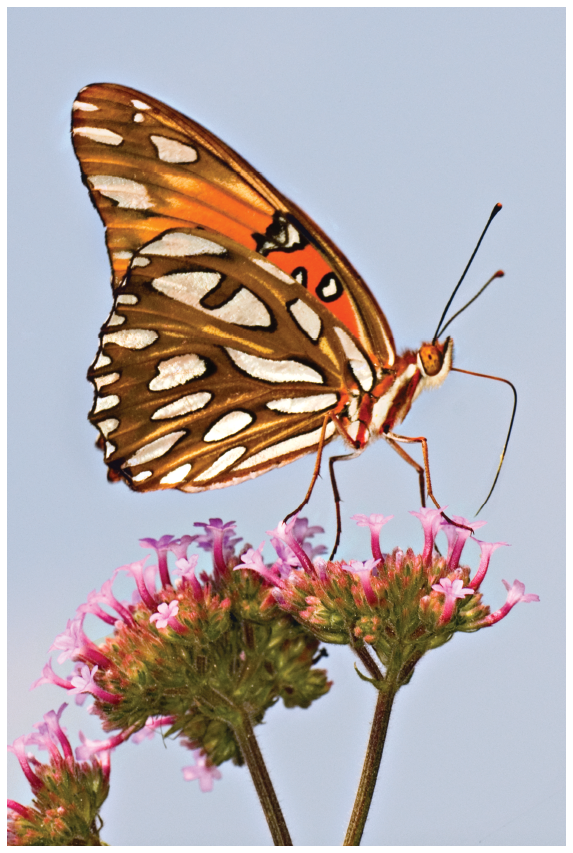
Copyright 2010 The University of Alabama Press
Tuscaloosa, Alabama 35487-0380
All rights reserved
Printed in China
Typeface: Corbel
Design by Michele Myatt Quinn
The paper on which this book is printed meets the minimum requirements of American National Standard for Information Sciences-Permanence of Paper for Printed Library Materials, ANSI Z39.48-1984.
Publication supported in part by the City of Selma, Alabamas Butterfly Capital. A tip of the hat to Selmas Butterfly Lady, Mrs. Mallieve Breeding.
Library of Congress Cataloging-in-Publication Data
Ogard, Paulette Haywood.
Butterflies of Alabama: glimpses into their lives / Paulette Haywood Ogard; photographs by Sara Bright.
p. cm. (Gosse nature guides)
Includes bibliographical references and index.
ISBN 978-0-8173-5595-1 (pbk. : alk. paper) 1. ButterfliesAlabama. 2. ButterfliesAlabamaIdentification. I. Bright, Sara. II. Title. III. Series.
QL551.A2033 2010
595.78'909761dc22 2009047778
ISBN-13: 978-0-8173-9145-4 (electronic)
In memory of Scooter
PHO
For Tommy, Ben, and Emory with love
SCB
Lepidoptera were my first love in Natural History.
Philip Henry Gosse, as quoted in Glimpses of the Wonderful: The Life of Philip Henry Gosse
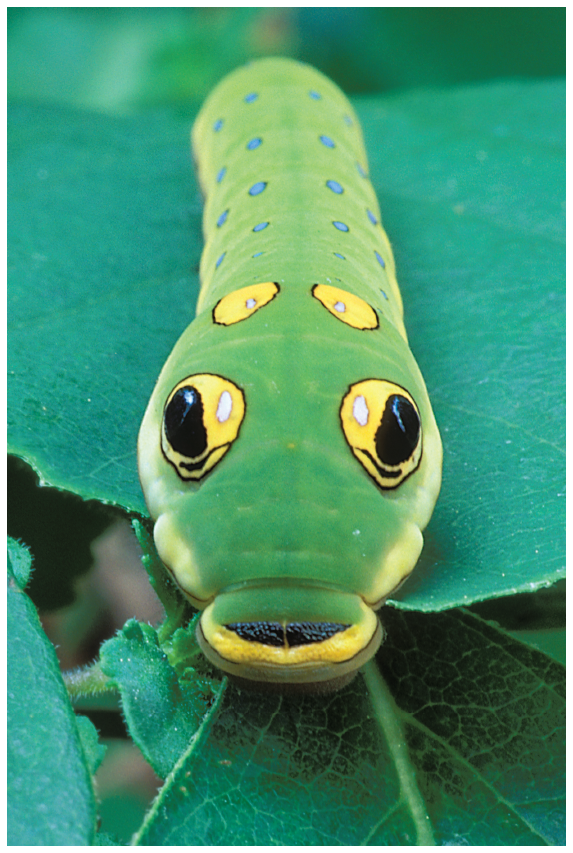
Preface
Glimpses of Alabamas butterfly populations have been few and far between. In 1838, Philip Henry Gosse was a young English naturalist on the brink of a renowned career. His eight-month foray into Dallas County left us with exquisite watercolor depictions of its common butterflies. Painted with homemade squirrels hair brushes, his likenesses are minutely accurate and luminously beautiful. Gosses letters or essays are as delightful as his sketchbook. Accounts of swallowtails, sulphurs, and satyrs almost fly off the page, and Gosses descriptions of the local butterfly population provide an intimate peek into the natural world of nineteenth-century Alabama: An eye accustomed only to the small and generally inconspicuous butterflies of our own country... can hardly picture to itself the gaiety of the air here, where it swarms with large and brilliant-hued swallow-tails and other patrician tribes, some of which, in the extent and volume of their wings, may be compared to large bats. These occur, too, not by straggling solitary individuals; in glancing over a blossomed field or my prairie-knoll, you may see hundreds, including, I think, more than a dozen species.
Little more than a century later, Ralph L. Chermock provided a midtwentieth century look at our states butterflies. Chermock, a biologist who was a specialist in butterfly classification, joined the faculty of The University of Alabama in 1947. The following year he agreed to serve as a regional reporter for the Lepidopterists Society, filling a gap in the newly formed groups coverage of the southeastern states. When not mentoring students like E. O. Wilson, he and his wife Ottilie avidly sought butterflies in many states. Their collection, comprised of 30,000 specimens, is currently housed at the Alabama Museum of Natural History. Chermocks reports provide a textual snapshot of the times. A 1952 Season Summary strikes familiar chords regarding Alabamas fluctuating wet/dry weather patterns while making us
In this book, we offer our own glimpses into the lives of Alabamas butterflies. It is our hope that they will inspire closer looks that will more clearly define and delineate population dynamics, distributions and ranges, and life-history mysteries.
Acknowledgments
It has been a long journey from the time we initially decided to explore the relationship between native butterflies and plants to the publication of this book. Many people have given direction and guidance along the way. Without them, a project of this magnitude would not have been possible, and we are deeply grateful.
Year after year, Jan Midgley generously gave a wealth of information about native plants.
Winston and Linda (and Muffin) Baker went above and beyond to help with many species, especially the Diana Fritillary and the Texan Crescent.
Irving Finkelstein patiently shared his vast knowledge of lepidoptery with two very fledgling butterfly enthusiasts.
Barry Hart was invaluable to our research of the Alabama population of Mitchells Satyr.
Many others shared information about specific butterflies, caterpillars, plants, habitats, and/or locations. Some offered encouragement at just the right time. Others provided support that kept our lives going. We thank them all, including James Adams; Frank Allen; Tom Allen; Cleo Bagwell; Missy Bates; the Birmingham Audubon Society; Richard Boscoe; Fay and Garland Bright; Hazel Bright; Bob and Mary Burkes; Vitaly Charny; Buck and Linda Cooper; Forrest Edwards; Bill Finch; Mary Ann Friedman; Tom Gagnon; Ben Garmon; Jeffrey Glassberg; Howard Grisham; John and Rosa Hall; Greg Harbor; Scott Hartley; JoVonn Hill; Richard Holland; Dan Holliman; Mike Howell; Sharon Hudgins; Henry Hughes; Jerry Jackson; Melanie Johns; Helen Kittinger and the Tuesday Girls; Robbie Limerick; Carol Lovell-Saas; Harry LeGrand; Ginny Lusk; Joe MacGown; Jeffrey Marcus; Brian Martin; Mary Jo Modica; Gary Mullen; Chris Oberholster; Ricky Patterson; Harry Pavulaan; Buzz Peavy; Joni Pepper; Russell Perry; John and Denise Phillips; Andrew Rindsberg; DavidRoemer; Merritt Rogers; Mark and Holly Salvato; Dale Schweitzer; Dee Serage; Linda Sherk; Al and Linda Shotts; Jack, Millie, and Josh Rudder; Dan Spaulding; Keith Tassin; Bob and Ann Tate; Nigel Vinters; David Wagner; Jeanne and Lee Walls; Lori Wilson; Paulson, Lillie, Parker, Natalie, and Josh Wright.

